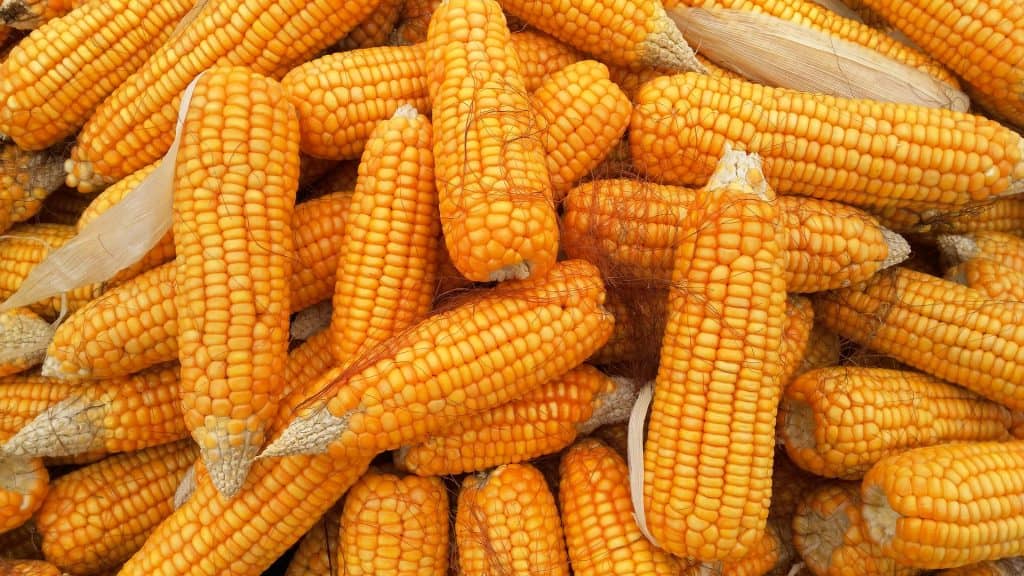Porto Alegre, April 18, 2023 – The US Department of Agriculture released its April supply and demand data of corn. The US picture did not bring any surprises and remained unchanged. An increase in exports from Ukraine and a cut in production from Argentina were expected and did not influence prices over the week. Some buying movement in China, again, supports prices on the CBOT but does not create bullish strength. The focus now is on the weather in the 2023 US crop, which is fundamental for pricing in the 23/24 season.
The first big piece of information for the USDA supply and demand of corn updates is the projected ending stocks for the current business year. Owing to a mismatch between the quarterly stocks indicated by the market and the data confirmed by USDA, the market started to believe in downward adjustments in annual stocks. The April report did not confirm this market vision and only maintained the stocks at the 34.1 mln tons projected for this business year, which will end in August. Until then, depending on the demand confirmations projected by USDA, the stocks will be adjusted.
In May, the first supply and demand report for the 23/24 business year will be released, referring to the 2023 crop that begins to be planted in the Midwest. This report assumes the estimated area in the planting intention as of March 31: 92 mln acres. The productivity projection for the first production data of this season will be essential. The record was 177 bushels/acre in 2021. Would there be elements for USDA to project productivity above the record, in a more optimistic production figure? At the USDA Forum in February, there was an estimate close to 181 bushels/acre.
This difference is important as it could boost the stocks from 23/24 to 47 mln tons or above. And this recovery to be pointed out in May by USDA tends to be completely bearish to the CBOT, perhaps causing the loss of the USD 5.50/bushel for the September maturity and USD 5.30 for that of December.
The big factor that can inhibit a downward curve for CBOT prices is the weather in this 2023 crop. The planting is likely to be finished in the next two weeks in Texas. But it is just beginning in the Midwest. Weather maps have not shown a worrying situation for these next 60 days of corn and soybean planting. As in any year, the market will deal with its price volatilities in line with weather events.
The normal trajectory is a planting close to 50% of the estimated area in the week of May 10. If this is confirmed, the market will try to project higher potential yields and downward effects on new crop prices, from September onward.
At the same time, USDA made minor corrections to other frameworks. Europe with an increase in imports for the current business year, to 24.5 mln tons. It is important to emphasize that most of these imports have already been carried out since 2022, and this is not a new fact. Now the expectation is the new production number in Europe for this 2023 crop, with a potential recovery to 68.5 mln tons in the projection of SAFRAS & Mercado. A small adjustment was also made to the Ukraine data. Exports jumped to 25.5 mln tons, practically zeroing out this business year’s carryover stocks. The new crop is starting to be planted in the country, at first with a projection close to that of 2022. The issue is that Ukraine may not have the same export volume in 2023, should production really approach the previous crop.
While there was no change in the Chinese data, the information coming from Argentina led USDA to cut the local crop. Production was revised from 40 to 37 mln tons, which was in line with expectations, although still above Argentine private figures. The Argentine government will release its estimate at the end of this month with more adjustments to the local numbers. SAFRAS & Mercado projects 34.95 mln tons for the Argentine corn crop.
Prices on the CBOT, in the coming few weeks, will be ordered by the pace of weekly US exports, as well as the pace of planting and the weather scenario. The bias remains bearish, and the weather will be the major indicator for this price movement.
Follow the Safras Agency on our website. Also follow us on our Instagram and Twitter and stay on top of the main agribusiness news!
Copyright 2023 – Grupo CMA

